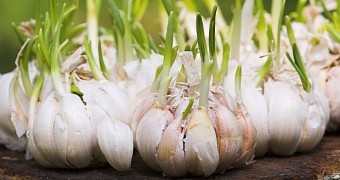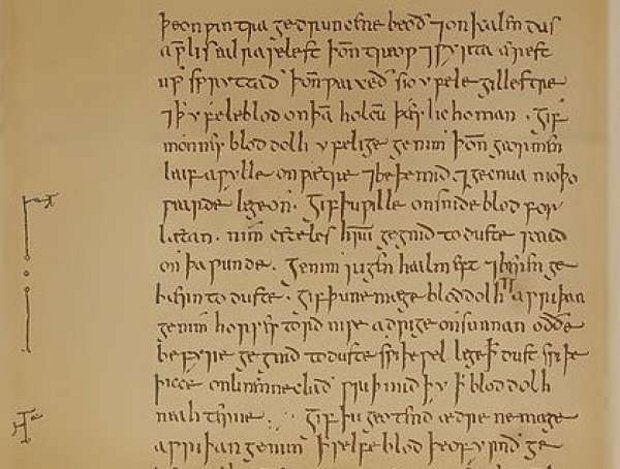A medieval potion whose recipe includes cow bile and garlic is surprisingly efficient at killing a bacterium that emerged in the 20th century and that is resistant to most modern antibiotics, a team of scientists argue in a new research paper.
The potion, dating back to the 10th century, is an Anglo-Saxon creation. When first concocted over a millennium ago, it was used to treat eye infections. Apparently, the potion is way more potent than even the folks who developed it assumed.
Cooking medieval potions in modern times
The British Library in London, UK, now holds an old leather-bound volume that is known as Bald's Leechbook and that experts say is one of the world's earliest medical manuscripts.
As explained by microbiologist Freya Harrison, Bald's Leechbook contains not just medical advice, but also recipes for all sorts of medieval medicines, treatments and ointments.
Among these recipes is one for a salve that was used to treat eye infections. It is this eye ointment that experiments showed can kill antibiotic-resistant MRSA (Methicillin-resistant Staphylococcus aureus).
To make the medieval potion, researchers used garlic, onion, wine and bile obtained from a cow's stomach. They brewed the mixed ingredients in a special vessel, strained the resulting, erm, soup and then let it set for 9 days before testing it.
“Take cropleek and garlic, of both equal quantities, pound them well together… take wine and bullocks gall, mix with the leek… let it stand nine days in the brass vessel…” the medieval recipe instructs.
The salve proved a remarkable medicine
In a series of experiments, the potion's effectiveness in terms of fighting infections was tested both in vitro and on laboratory mice. During these tests, the potion proved an outstanding medicine.
Thus, the scientists behind this investigation say that, when used to treat infected wounds in mice, the medieval eye salve killed up to 90% of the MRSA bacteria threatening the rodents' life.
When MRSA bacteria grown in collagen were exposed to the concoction, just one bacterial cell in a thousand survived the encounter, explains University of Nottingham researcher Freya Harrison.
Besides, it appears that, even when diluted to such an extent that it could no longer kill bacteria, the 10th-century ointment still managed to keep bacterial cells from communicating to one another.
“We were absolutely blown away by just how effective the combination of ingredients was,” said specialist Freya Harrison. “ We were genuinely astonished at the results of our experiments in the lab,” added fellow researcher Christina Lee.
Medieval cures might treat modern diseases
The scientists who brewed the 10th-century potion and tested its effect on MRSA infections say that they wish to further study this concoction and figure out exactly how it works.
The goal is to determine if maybe old medical texts like the ones contained in Bald's Leechbook might address health trouble that are plaguing us in this day and age, and that are rather difficult to treat.

 14 DAY TRIAL //
14 DAY TRIAL // 

